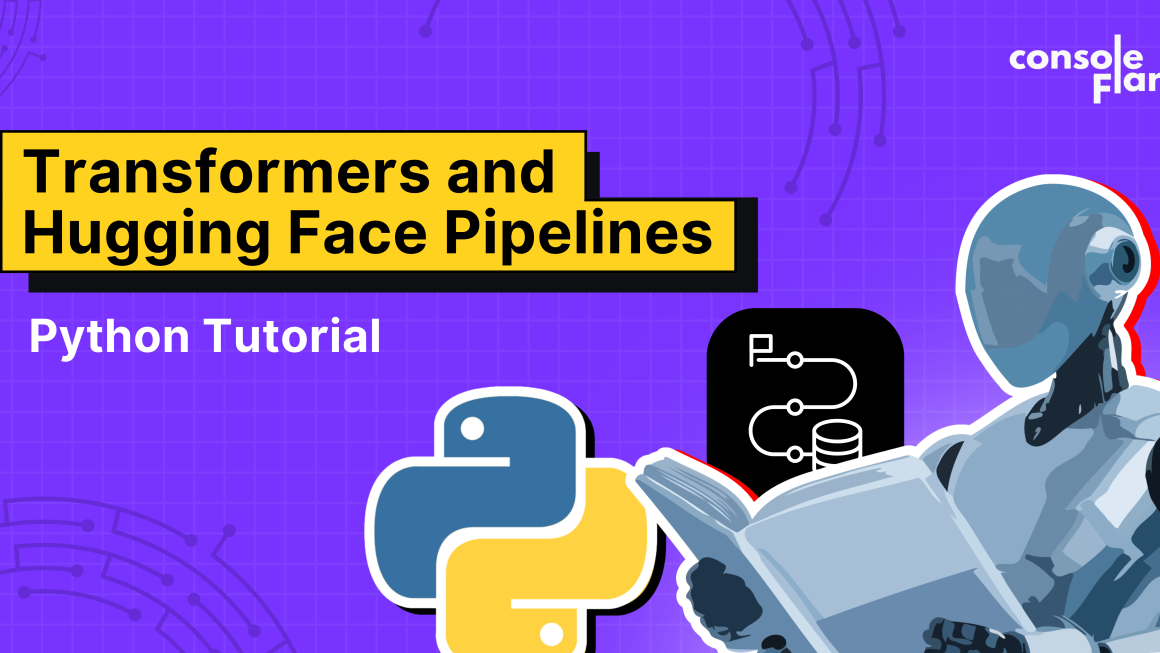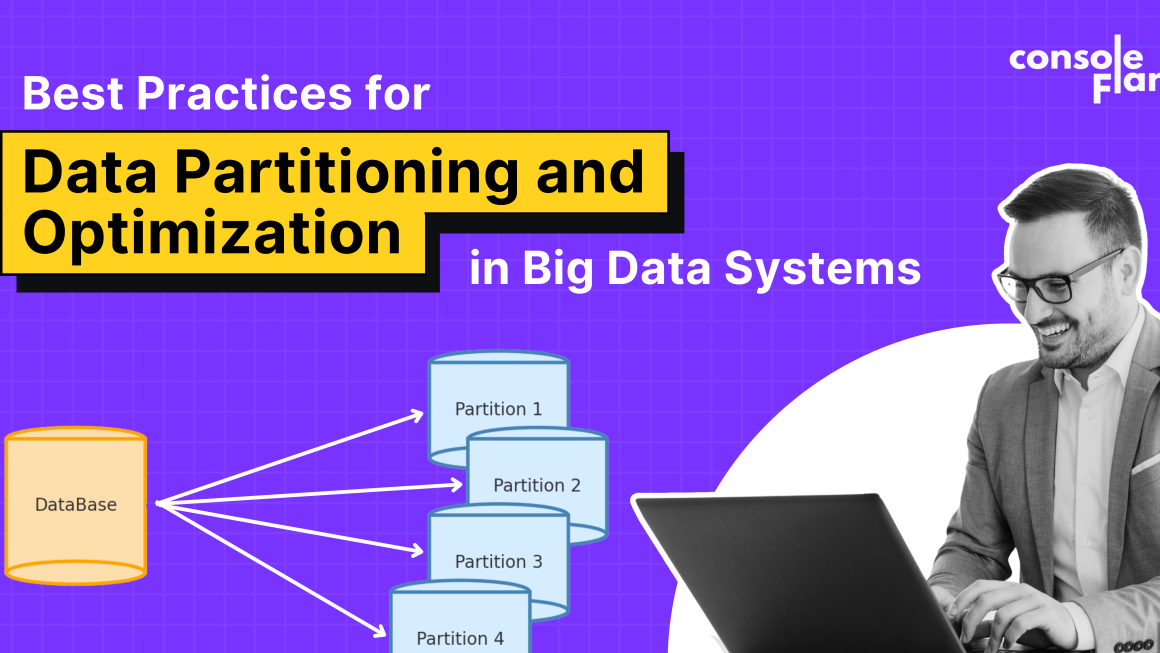Is Data Science Coding? Let’s Explore the Path to Learning Coding for Data Science
Are you a non-IT student who is intrigued by the fascinating world of data science? Do you want to embark on a career in data analysis but feel overwhelmed by the thought of coding and programming languages? Fear not! In this article, we will delve into the question of whether data science is all about coding, and we will guide you on how to learn coding for data science, even as a beginner.
The Role of Coding in Data Science
Data science is a multidisciplinary field that involves extracting insights and knowledge from vast amounts of data. While coding plays a crucial role in data science, it is important to understand that coding is not the sole focus of the field. Data science encompasses various stages, including data collection, data cleaning, data analysis, and visualization. Coding serves as a tool to facilitate these processes and enable data scientists to work with complex datasets efficiently.
You’re reading the article, Should I Learn Coding For Data Science?
Learn Coding in Python: The Data Scientist’s Ally
When it comes to coding for data science, Python takes center stage. Python is a versatile and beginner-friendly programming language that has gained immense popularity within the data science community. Its simplicity and extensive library ecosystem, such as NumPy, Pandas, and Matplotlib, make it an ideal choice for data manipulation, analysis, and visualization.
If you’re a non-IT student looking to learn coding for data science, Python is the perfect language to start with. There are numerous online courses available that teach Python programming specifically for data science, such as “Learn Python Online” and “Python Coding for Data Science.” These courses provide a structured learning path, taking you from the basics of Python to advanced data science concepts.
You’re reading the article, Should I Learn Coding For Data Science?
Data Science Programming Languages: Beyond Python
While Python is widely used in the data science realm, it’s worth noting that other programming languages also find application in this field. R, for instance, is another popular language among statisticians and data scientists due to its robust statistical analysis capabilities. SQL (Structured Query Language) is essential for working with databases and extracting relevant data. Additionally, languages like Julia and Scala are gaining traction in specific data science domains.
You’re reading the article, Should I Learn Coding For Data Science?
Starting Your Data Analysis Journey
As a non-IT student venturing into data science, it’s important to approach the learning process systematically. Here’s a step-by-step guide to get you started:
- Familiarize Yourself with Basic Concepts: Begin by understanding fundamental concepts like statistics, probability, and linear algebra. These concepts form the foundation of data science and will help you interpret and analyze data effectively.
- Learn Python: Enroll in online courses or tutorials that teach Python programming for data science. These resources will cover essential topics such as data types, control structures, functions, and object-oriented programming.
- Dive into Data Manipulation and Analysis: Once you have a grasp of Python, focus on learning libraries like NumPy and Pandas. These powerful tools will enable you to handle large datasets, perform data cleaning tasks, and perform advanced data manipulations.
- Master Data Visualization: Data visualization is a crucial aspect of data science. Explore libraries such as Matplotlib and Seaborn, which allow you to create insightful visualizations that communicate complex information effectively.
- Expand Your Horizons: As you progress, consider learning other programming languages like R and SQL, depending on your specific interests and the requirements of your future data science endeavors.
You’re reading the article, Should I Learn Coding For Data Science?
Online Courses for Data Science
If you’re looking for structured learning opportunities, there are several online courses available for aspiring data scientists. These courses cater to beginners and provide comprehensive curricula that cover both coding and data analysis. Some highly regarded platforms include Coursera, Udacity, and edX. Additionally, ConsoleFlare offers a Python For Data Analytics certification program that is specifically designed for non-IT individuals seeking to enter the field of data analytics. This program equips you with the necessary skills to navigate data science projects with ease.
Take the Leap into Data Science
Data science is a dynamic and rapidly growing field with immense potential. As a non-IT student, learning coding for data science may seem daunting at first, but with the right approach and resources, you can embark on a rewarding journey. Remember to start with Python, explore data manipulation and analysis, and expand your knowledge as you progress. With dedication and perseverance, you can become a proficient data scientist and unlock a world of opportunities in this exciting domain.
You’re reading the article, Should I Learn Coding For Data Science?
In conclusion, data science is not solely about coding, but coding does play a significant role in the field. Python is a popular language for data science due to its simplicity and extensive library support. As a non-IT student, you can learn coding for data science through online courses and resources. Remember to take a systematic approach, learn the basics, and gradually build your skills in data manipulation, analysis, and visualization.
And if you’re interested in pursuing data analytics with Python, ConsoleFlare’s Python For Data Analytics certification program is an excellent choice to get started on your data science journey. So, take the leap and embrace the world of data science—it’s waiting for you!
Hope you liked reading the article, Should I Learn Coding For Data Science? Please share your thoughts in the comments section below.
Follow our social media pages: Facebook, Instagram, LinkedIn









